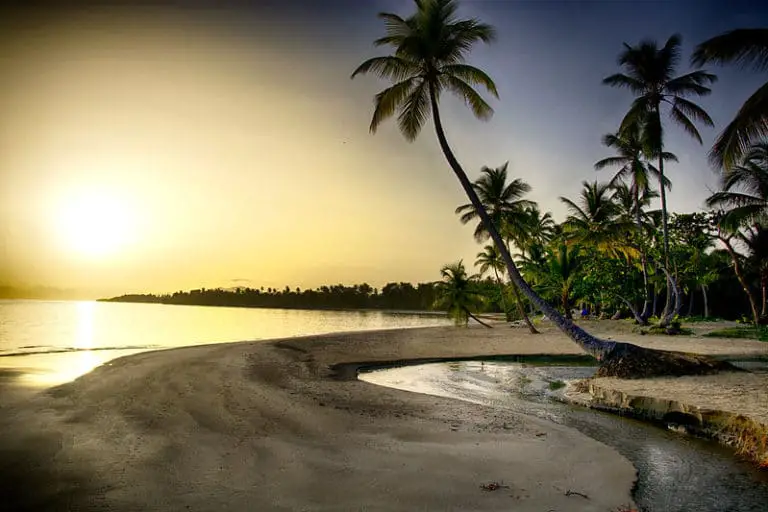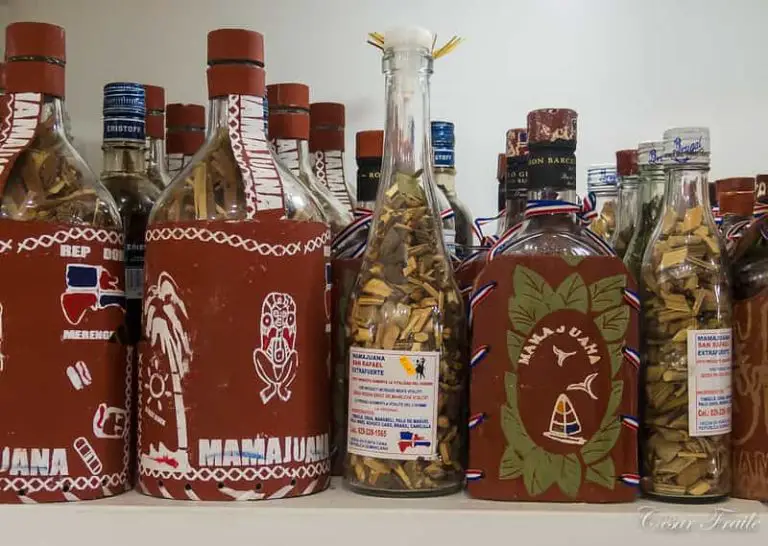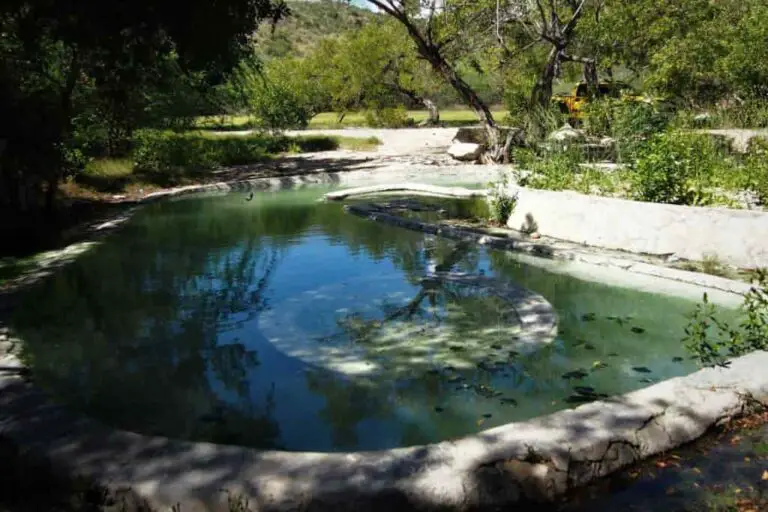Main Museums In The Dominican Republic

In an effort to preserve the history and guarantee the identity of the country, museums are built to serve as temples of the historical and collective knowledge of a nation.
The Dominican Republic, as the capital of the New World, has countless places that house several centuries of history and show the heart of an island that has lived a lot in a very short time.
Contents
Museum of the Dominican Man
Located in the Plaza de la Cultura, this museum seeks to show and maintain the identity of the Dominican people throughout its history, preserving its tangible and intangible cultural heritage.
The Museum of the Dominican Man has several levels, each level dedicated to an important stage of the cultural development of the country.
Through archeological and ethnographic elements, the history of Dominican man is told and beyond the facts found in each of the exhibits, one can also see the great heart that has belonged to these people since the beginning of time.
One of the most famous attractions of this museum is the “Pope mobile” used during the visit of Pope John Paul II to the country.
Museum of History and Geography
This museum belonging to the Plaza de la Cultura complex was inaugurated on March 1, 1982. Its main goal is to maintain a clear and objective timeline of the relevant facts that have marked the life and events of the Dominican Republic.
The Museum of History and Geography is divided into three main rooms. The first room covers the period from 1822 to 1861, the second from 1861 to 1916 and the third from 1916 to 1961.
There are two smaller rooms, one is dedicated to the pre-Columbian period and the other to the cartographic evolution of the island.
Within its exhibition is the automobile where the dictator Rafael Leonidas Trujillo was assassinated.
National Museum of Natural History
The National Museum of Natural History is another museum that is also located within the perimeters of the Plaza de la Cultura.
This museum keeps a collection of the species of the fauna and flora of the country, as well as its natural resources. It is organized by different rooms in which they are:
The universe room, rocks and minerals room, ecology room, birds room, biogeography room. And it contains the separate exhibits of: Fossils, amber, sharks, Hispaniolan boa (live animal exhibit), arachnids (live animal exhibit) and insects.
Museum of Modern Art (MAM)
The MAM is one of the best-preserved museums in the Plaza de la Cultura. It is the home of Dominican plastic artists and has a vast collection of works representing all periods of Dominican art.
Every two years this museum serves for six months as the venue for the Biennial of Visual Arts, a beautiful event that gathers the best of the arts of the country.
The Museum of Modern Art has four levels of photographic exhibits, paintings, and sculptures, an auditorium with a capacity for 150 people and a library that collects books on national and international artists.
Museum of the Royal Houses
The Museum of the Royal Houses is located in the Colonial Zone, inside the structure of two palaces whose construction dates from the XVI century.
Its collection seeks to preserve and exhibit all the material related to Dominican history between 1492 (the date of the discovery of the island) until 1821 (just before the Haitian occupation).
It has two floors divided by galleries and apart from the collection, the museum itself is worth seeing for its architectural richness.
Amber World Museum
The Amber World Museum is located in the area of the old city in an 18th-century colonial building that has been restored and its interior spaces conditioned according to the destination that was to be assigned to it as the museum’s headquarters.
In this museum, you will find historical and scientific details of the vegetation of that time, the animals that were fossilized in amber, and everything concerning the formation and characteristics of amber.
The museum consists of panels and showcases that offer the visitor all the information related to each of the aspects that are mentioned in them, in addition, you have the opportunity to observe the amber through a microscope, perform simple experiments and even watch audiovisuals.
For this, the visitor has 40 showcases with specialties, 2 MAG-50 microscopes, 3 videos, experiments for children, murals, dioramas, and the internet.
Eduardo León Jimenes Cultural Center
Located in the city of Santiago de los Caballeros, this is a private museum run by the Eduardo León Jimenes Foundation.
It is an institution that handles a large number of artistic, archeological, ethnological and bibliographic pieces of the Dominican Republic. It has two main collections, archaeological and visual arts.
At the same time it gathers a set of exhibitions dedicated to the promotion of the Dominican identity from its genesis to the present.
These are just some of the museums that make up the natural, cultural and historical heritage of the island.
As the Dominican Republic is the first city of the Americas, it has countless invaluable pieces that are not only part of its history, but also of world history. Visit these museums and you will learn a little more about how the New World began.







